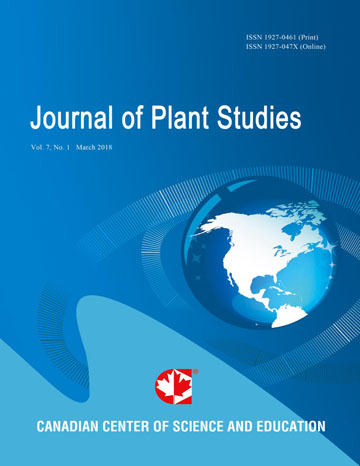Antibacterial Potentials of the Ethanolic Extract of the Stem Bark of Combretum micranthum G. Don and Its Fractions
- Agboke Akeem
- Udobi Ejikeme
- Effiong Okarafor
Abstract
Ethanolic extract of the stem bark of Combretum micranthum and its fractions were evaluated for their antibacterial potentials against two Gram positive organisms (Staphylococcus aureus and Bacillus subtilis) and two Gram negative organisms (Escherichia coli and Pseudomonas aeruginosa)-all of both medical and pharmaceutical importance. The anti-bacterial potential was assesed using both the agar and tube dilution methods; Phytochemical and TLC analysis were also done to identify the content of the stem bark of the plant. Phytochemical screening results indicated the presence of flavonoids, tannin, saponins, anthraquinones and cardiac glycosides. The extract and its fractions exhibited potent antimicrobial activities against the test organisms with n- hexane fraction showing the mildest activity. The most pronounced activity was observed with the aqueous fractions and interestingly, against the Gram negative organisms. Results of the Minimum Inhibitory concentration (MIC) of the ethanolic extract and fractions range from 0.234375mg/ml-15mg/ml. The Minimum Bactericidal concentration (MBC) range from 0.9375mg/ml-30mg/ml confirming that the extracts are bactericidal and that their activity is concentration dependent. Thin Layer Chromatography (TLC) results showed a number of likely bioactive constituents which may have been responsible for the observed activities. Results are discussed in the context of the relevance of plant constituents in the control of organisms of health and pharmaceutical importance.
- Full Text:
 PDF
PDF
- DOI:10.5539/jps.v1n2p75
Journal Metrics
h-index (December 2021): 17
i10-index (December 2021): 37
h5-index (December 2021): N/A
h5-median(December 2021): N/A
( The data was calculated based on Google Scholar Citations. Click Here to Learn More. )
Index
Contact
- Joan LeeEditorial Assistant
- jps@ccsenet.org
